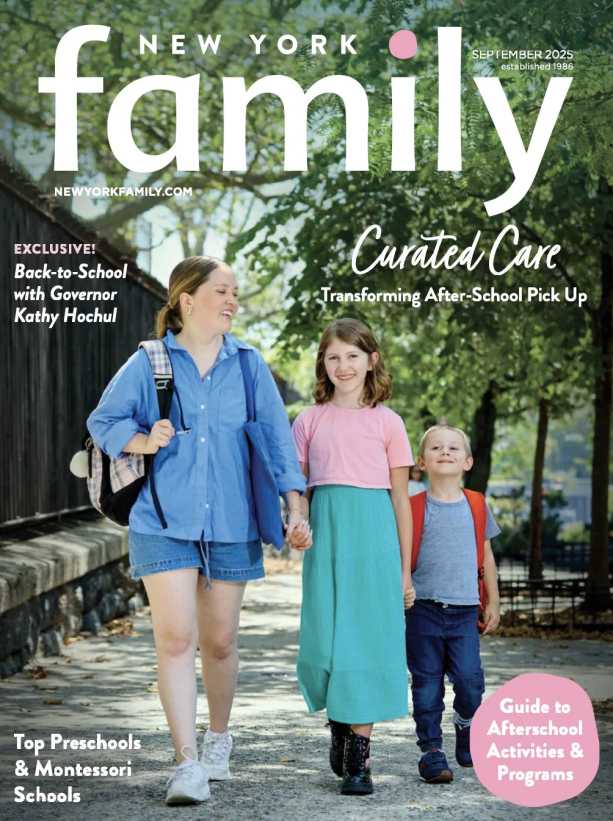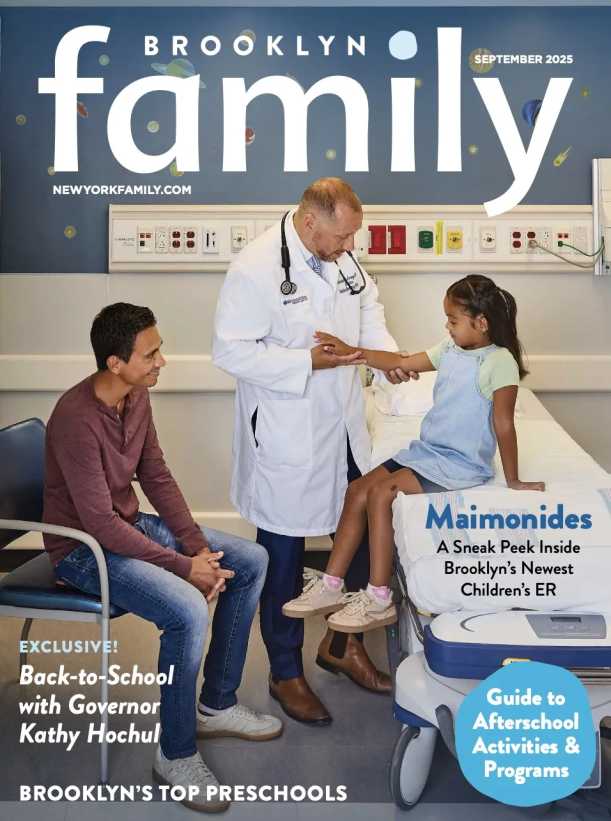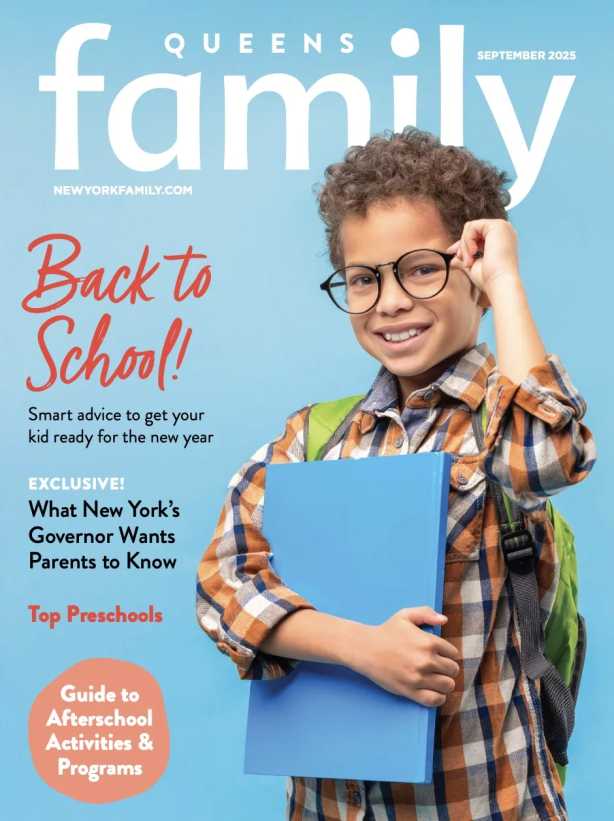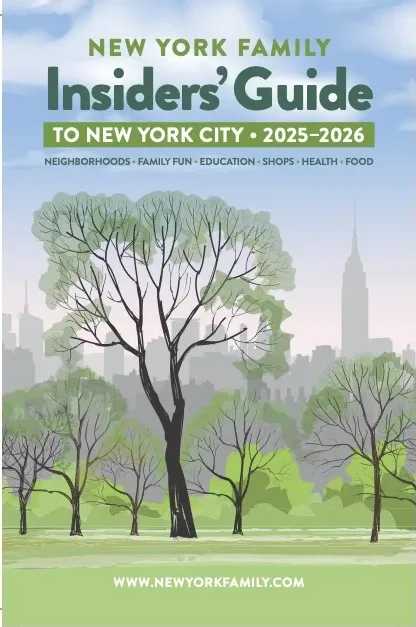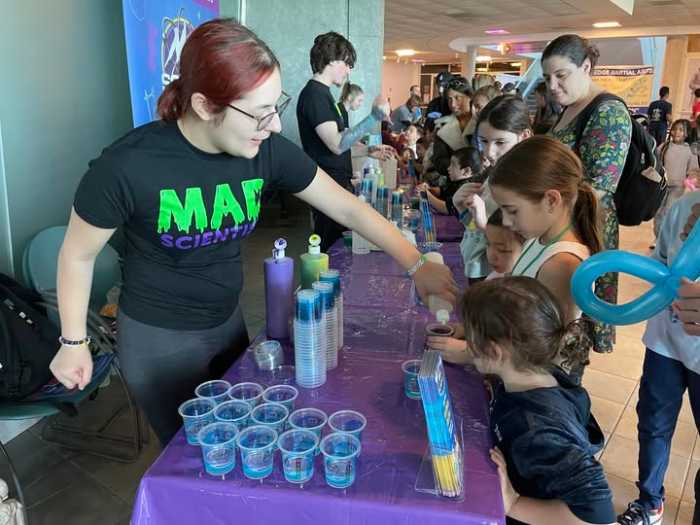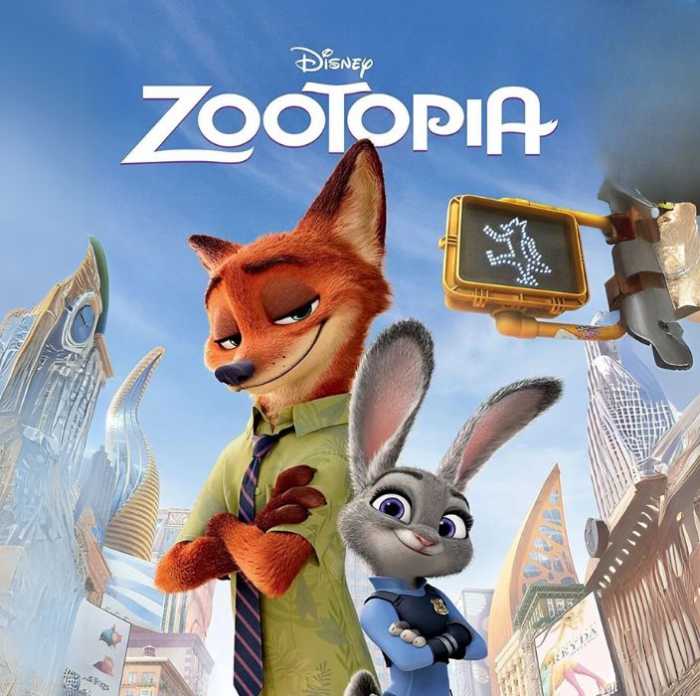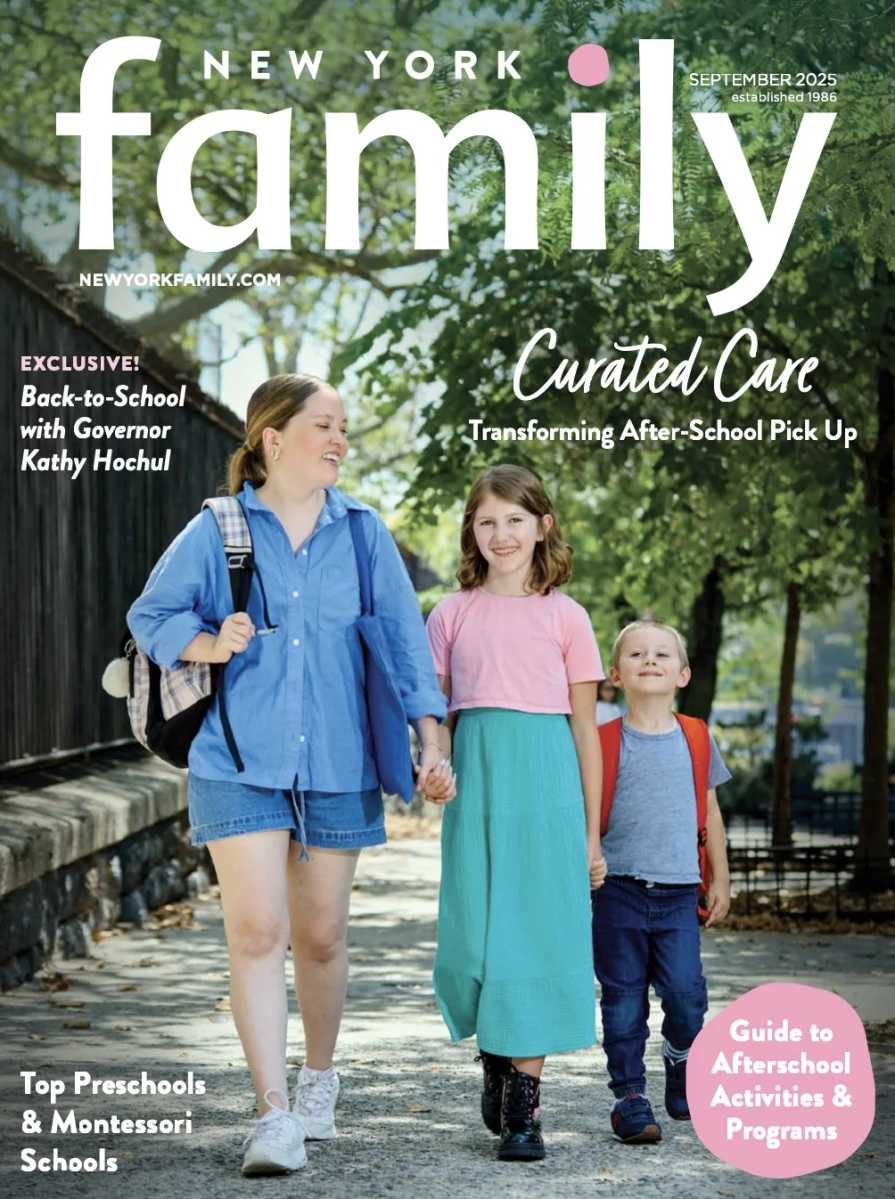
“Becoming More Visible” is a documentary about transgender young people finding their way and becoming their true selves, while also grappling with their relationship to their families and the world around them.
The film is set to premier in NYC on Friday, November 11, at DOC NYC Film Festival at 9:45pm; and it will also screen on Monday, November 14, at 10:30am.
As the film puts the focus on young people and the role that familial support plays in their journey to becoming who they are, it’s certainly a must-see for modern parents. To learn more, we turned to the film’s director/producer Pamela French (a mother herself).
Read on to get the scoop from French, and for more info about the festival times and tickets, click HERE!
Tell us about the plot of the film and its important characters.
“Becoming More Visible” is a documentary about four fearless transgender young adults who defy societal norms to be their true selves and become more visible. The film follows four subjects, Sean, a transgender male comedian from a small, affluent town in upstate NY; Katherine, a Bangladeshi transgender girl from a close-knit Muslim family; Olivia, who had to leave everything behind and enter the shelter system in order to be the woman she knows she is; and the unforgettable Morgin, a fully transitioned woman pursuing her musical ambitions and making her way in the world.
The film follows each of the featured young people as they transition into their authentic identity. We take an intimate look at the lives of these young adults as they transition. Their stories are taken out of the fringes and placed into every day, relatable life. We hang out with these kids in their bedrooms, doctor’s offices, support groups, Pride events, as well as at public speaking engagements, in subsidized housing projects, well-to‐do homes, and on the streets of New York. They open up about their fears of not being accepted, the difficulties of transitioning, the loss of connection with their families, financial and healthcare issues, discrimination and thoughts of hopelessness and suicide. We see their struggles first-hand, and also their delights when their bodies and minds begin to match for the first time.
[gravityform id=”13″ title=”false” description=”false” ajax=”true”]
Why do you think this film is important for parents?
“Becoming More Visible” showcases both male-to-female, and female-to-male trans kids. Each is at different phases in their transition and with different levels of familial support. I think it’s incredibly important for parents to see how some of these kids are really affected by the loss their familial support. I also think hearing what Nancy, Sean’s mom, says about how hard it was to lose her daughter, but how much harder it would have been to lose her child, will resonate with many parents who fear what society would think if their child was transgender. This is a film that must be seen by parents whose children are questioning their gender identity, and that kids, are at the center of this.
Is there a personal story that influenced the making of this film?
As a child I was drawn to a children’s book, The Velveteen Rabbit by Margery Williams. In the book there is a rabbit, who learns the meaning of being “real” after being discarded by his owner Timothy for newer shinier toys, and feeling unloved and worthless. He gets some life changing advice from the Skin Horse, an older toy, as to what it means to be real.
I see the subjects of my film, as Velveteen Rabbits. A bit different on the outside, but so beautiful and “real” within. They are trailblazers leading the way for others like them, and I am so empowered by their stories. As a mother, I feel that working with this population—youth who are in crisis or fearful about being accepted—is so important, especially today. Being able to tell their personal stories and share their uniqueness with the world in so empowering.
How do you hope to influence your audience?
I hope to shift the paradigm around gender identities, roles, and assumptions, encouraging society to see these young people for who they are and not how they were born. And for the segment of the audience that identifies as trans or knows someone who does, we show that there are avenues for support and “Becoming More Visible” introduces some of those options.
I hope that the documentary ultimately will transform the viewers’ ideas of what it means to be transgender, and why this population is so deserving of an equal voice and acceptance from society.
To learn more about “Becoming More Visible,” visit becomingmorevisible.com! For festival times and tickets, visit docnyc.net!
